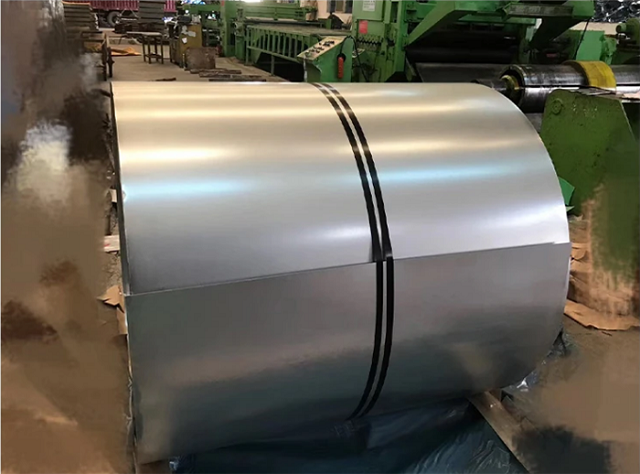 Language
▼
Language
▼
More Language
Galvanized steel plates may encounter various corrosion problems during use, which not only affect their aesthetics but may also seriously damage their service life and performance. The following is a summary of common corrosion problems in galvanized steel plate factory:
Over time, white rust will further react with impurity gases such as carbon dioxide in the air, producing black spots, known as "black spots". The formation of black spots marks a further deepening of the corrosion level of the galvanized layer.

When the galvanized layer corrodes to a certain extent and loses its sacrificial anti-corrosion effect on the steel base, the steel base begins to oxidize, producing red rust. Once the steel base begins to oxidize, the corrosion rate will accelerate rapidly, and the service life of galvanized steel plates will be greatly shortened.
During the transportation of galvanized sheet, if the steel strip layers are loose, the parts of the steel coil in contact with the pad wood will rub against each other and produce oxidation. After the white oxide is rubbed off, black spots will appear on the surface of the galvanized sheet. This situation will damage the passivation film, thinning the galvanized layer, thereby greatly reducing the lifespan and appearance quality of the galvanized sheet.
In the atmospheric environment, the galvanized layer (zinc) and the base metal (iron) will form microbatteries under humid conditions. Zinc as the anode is preferentially oxidized and corroded, while iron as the cathode is protected. This process requires the participation of electrolytes (such as water films in the air), therefore it belongs to electrochemical corrosion. Electrochemical corrosion is the main corrosion mechanism of galvanized steel plates in atmospheric environments.
China galvanized plate manufacturer: Boxing Shuangshengda Steel specializes in galvanized sheet, galvanized steel plate,Colour steel plate etc.We have a full range of product specifications and types, low prices, and more than 20 years of experience, worthy of your trust